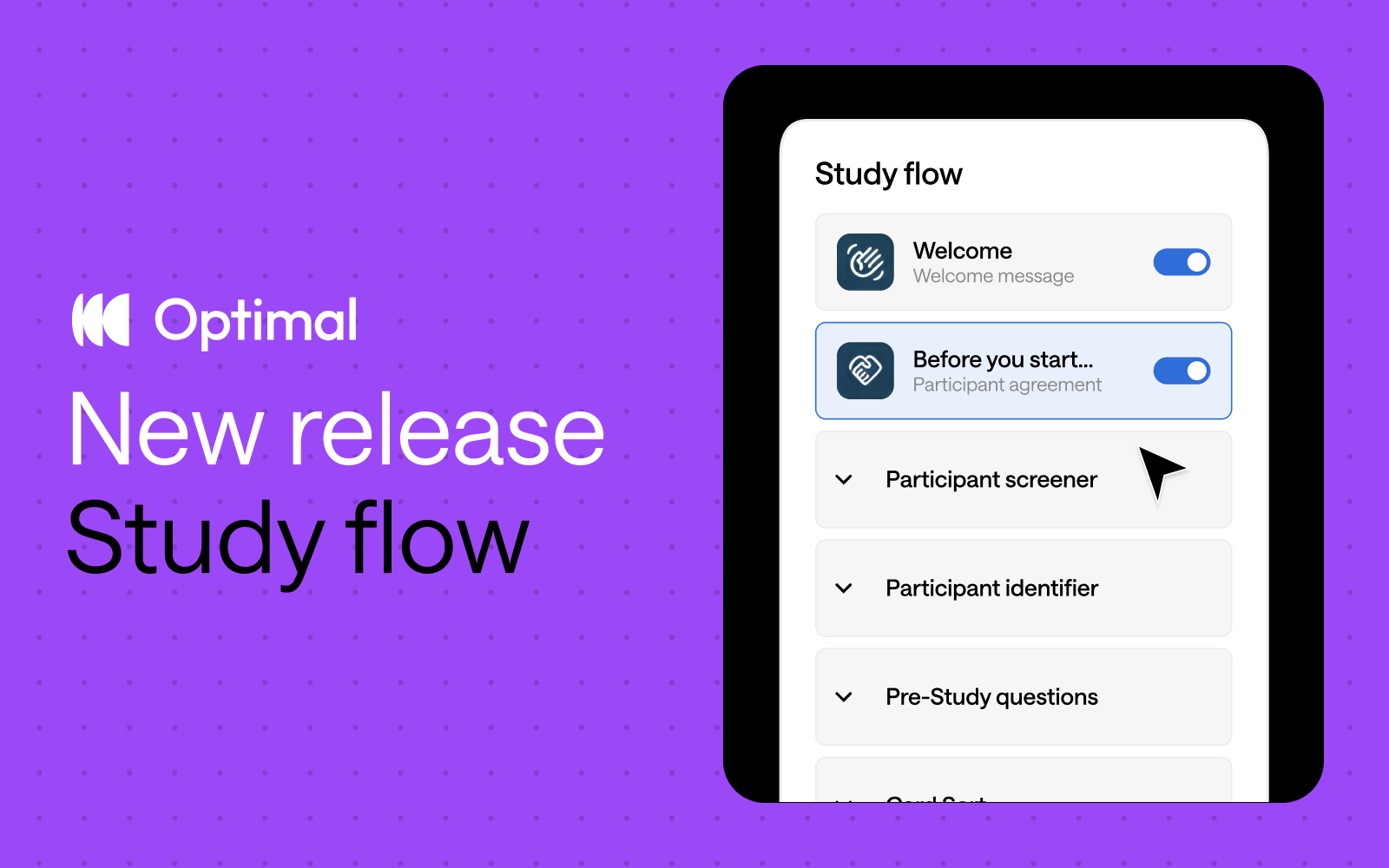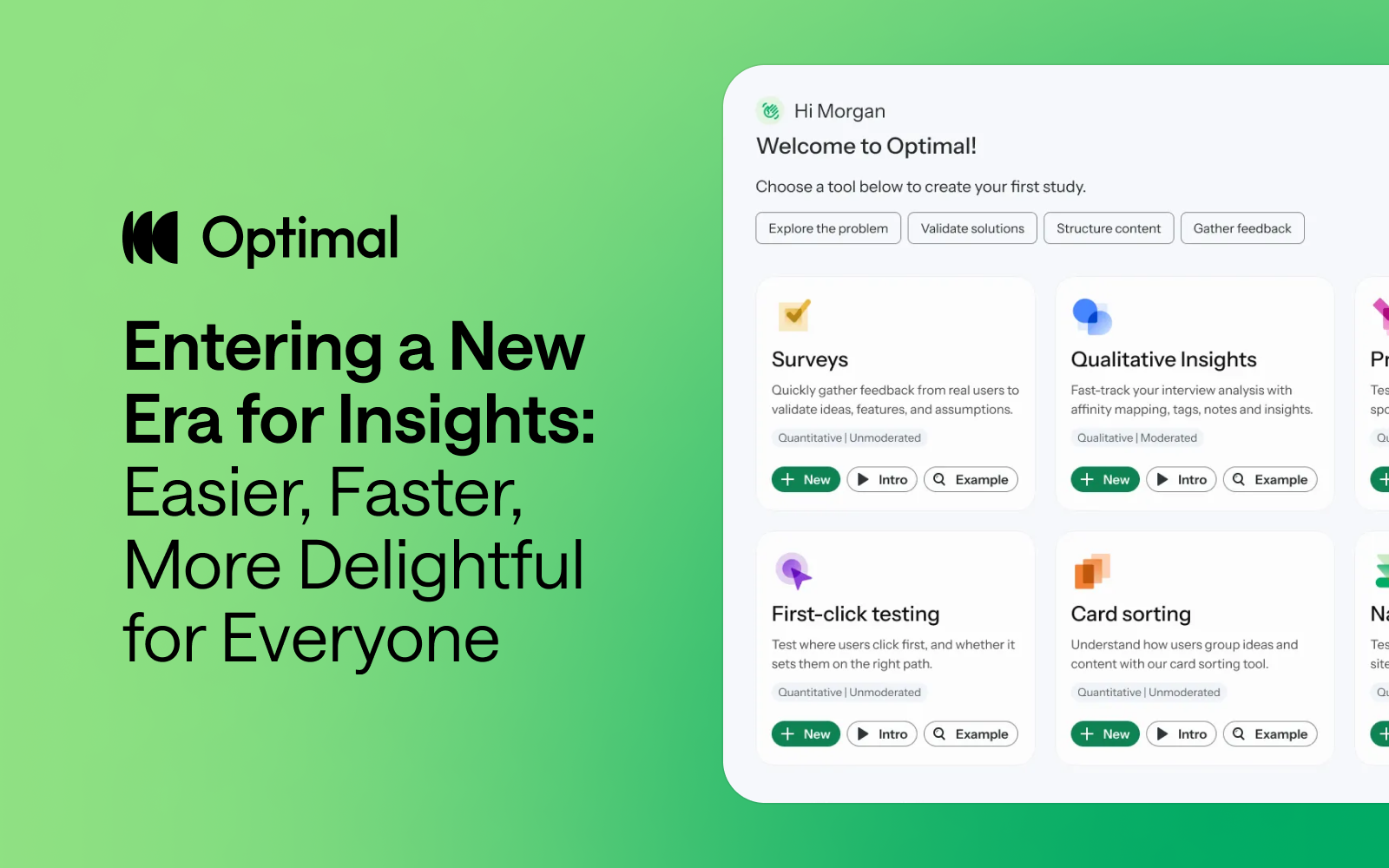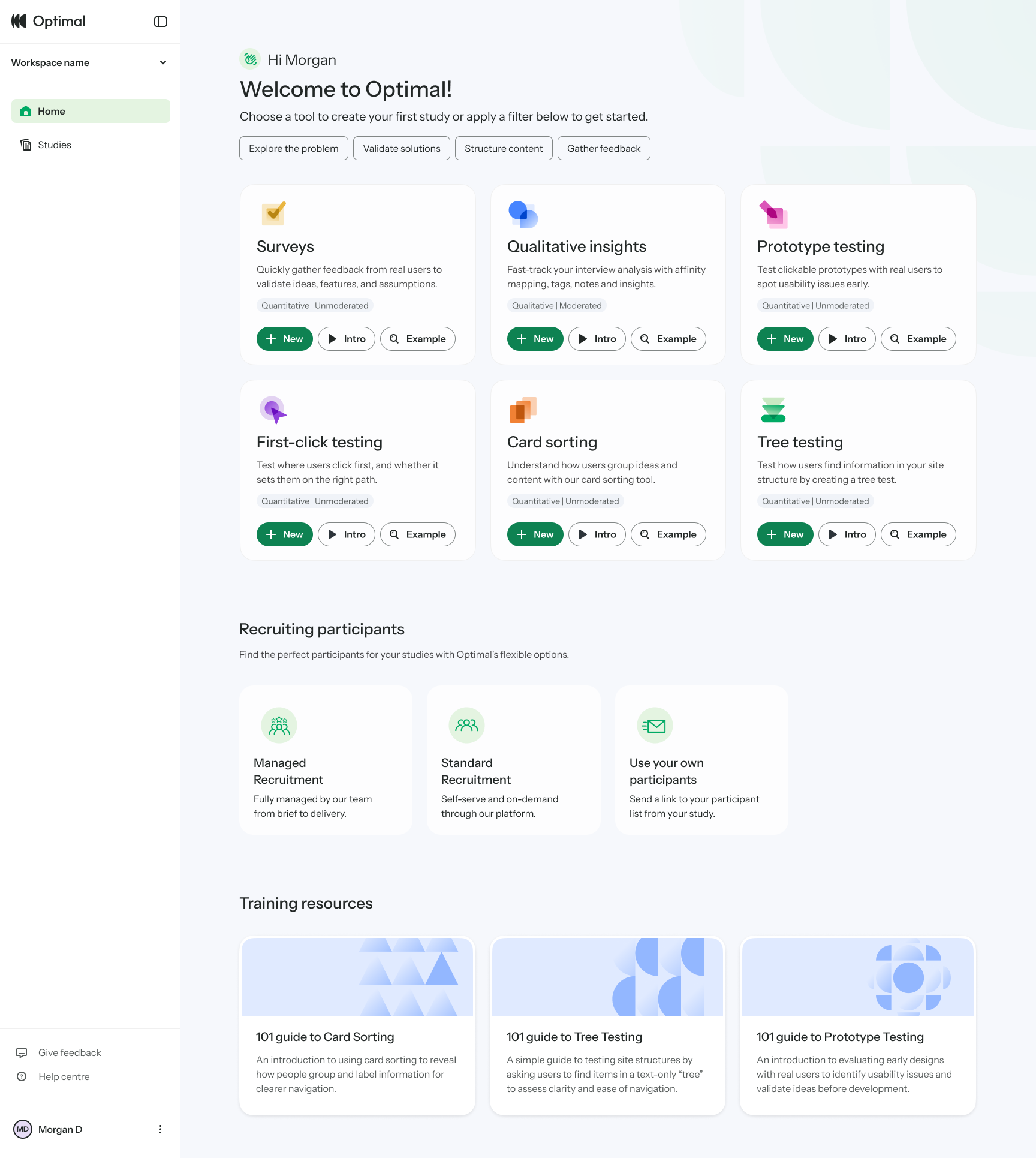Most product teams treat UX research as something that happens to them: a necessary evil that slows things down or a luxury they can't afford. The best product teams flip this narrative completely. Their research doesn't interrupt their roadmap; it powers it.
"We need insights by Friday."
"Proper research takes at least three weeks."
This conversation happens in product teams everywhere, creating an eternal tension between the need for speed and the demands of rigor. But what if this debate is based on a false choice?
Research that Moves at the Speed of Product
Product development has accelerated dramatically. Two-week sprints are standard. Daily deployment is common. Feature flags allow instant iterations. In this environment, a four-week research study feels like asking a Formula 1 race car to wait for a horse-drawn carriage.
The pressure is real. Product teams make dozens of decisions per sprint, about features, designs, priorities, and trade-offs. Waiting weeks for research on each decision simply isn't viable. So teams face an impossible choice: make decisions without insights or slow down dramatically.
As a result, most teams choose speed. They make educated guesses, rely on assumptions, and hope for the best. Then they wonder why features flop and users churn.
The False Dichotomy
The framing of "speed vs. rigor" assumes these are opposing forces. But the best research teams have learned they're not mutually exclusive, they require different approaches for different situations.
We think about research in three buckets, each serving a different strategic purpose:
Discovery: You're exploring a space, building foundational knowledge, understanding thelandscape before you commit to a direction. This is where you uncover the problems worth solving and identify opportunities that weren't obvious from inside your product bubble.
Fine-Tuning: You have a direction but need to nail the specifics. What exactly should this feature do? How should it work? What's the minimum viable version that still delivers value? This research turns broad opportunities into concrete solutions.
Delivery: You're close to shipping and need to iron out the final details: copy, flows, edge cases. This isn't about validating whether you should build it; it's about making sure you build it right.
Every week, our product, design, research and engineering leads review the roadmap together. We look at what's coming and decide which type of research goes where. The principle is simple: If something's already well-shaped, move fast. If it's risky and hard to reverse, invest in deeper research.
How Fast Can Good Research Be?
The answer is: surprisingly fast, when structured correctly!
For our teams, how deep we go isn't about how much time we have: it's about how much it would hurt to get it wrong. This is a strategic choice that most teams get backwards.
Go deep when the stakes are high, foundational decisions that affect your entire product architecture, things that would be expensive to reverse, moments where you need multiple stakeholders aligned around a shared understanding of the problem.
Move fast when you can afford to be wrong, incremental improvements to existing flows, things you can change easily based on user feedback, places where you want to ship-learn-adjust in tight loops.
Think of it as portfolio management for your research investment. Save your "big research bets" for the decisions that could set you back months, not days. Use lightweight validation for everything else.
And while good research can be fast, speed isn't always the answer. There are definitely situations where deep research needs to run and it takes time. Save those moments for high stakes investments like repositioning your entire product, entering new markets, or pivoting your business model. But be cautious of research perfectionism which is a risk with deep research. Perfection is the enemy of progress. Your research team shouldn’t be asking "Is this research perfect?" but instead "Is this insight sufficient for the decision at hand?"
The research goal should always be appropriate confidence, not perfect certainty.
The Real Trade-Off
The choice shouldn’t be speed vs. rigor, it's between:
- Research that matters (timely, actionable, sufficient confidence)
- Research that doesn't (perfect methodology, late arrival, irrelevant to decisions)
The best research teams have learned to be ruthlessly pragmatic. They match research effort to decision impact. They deliver "good enough" insights quickly for small decisions and comprehensive insights thoughtfully for big ones.
Speed and rigor aren't enemies. They're partners in a portfolio approach where each decision gets the right level of research investment. The teams winning aren't choosing between speed and rigor—they're choosing the appropriate blend for each situation.






